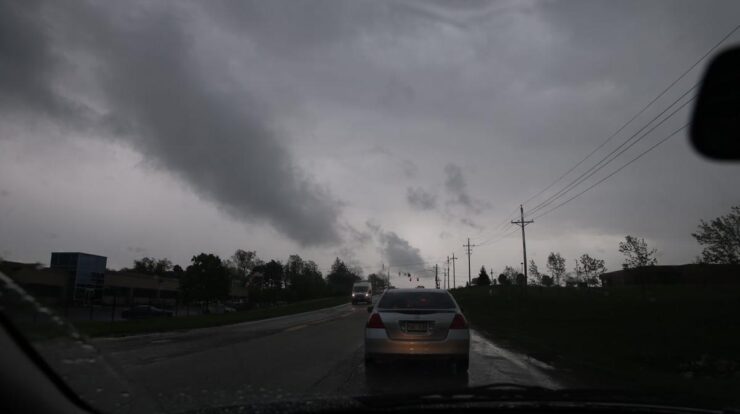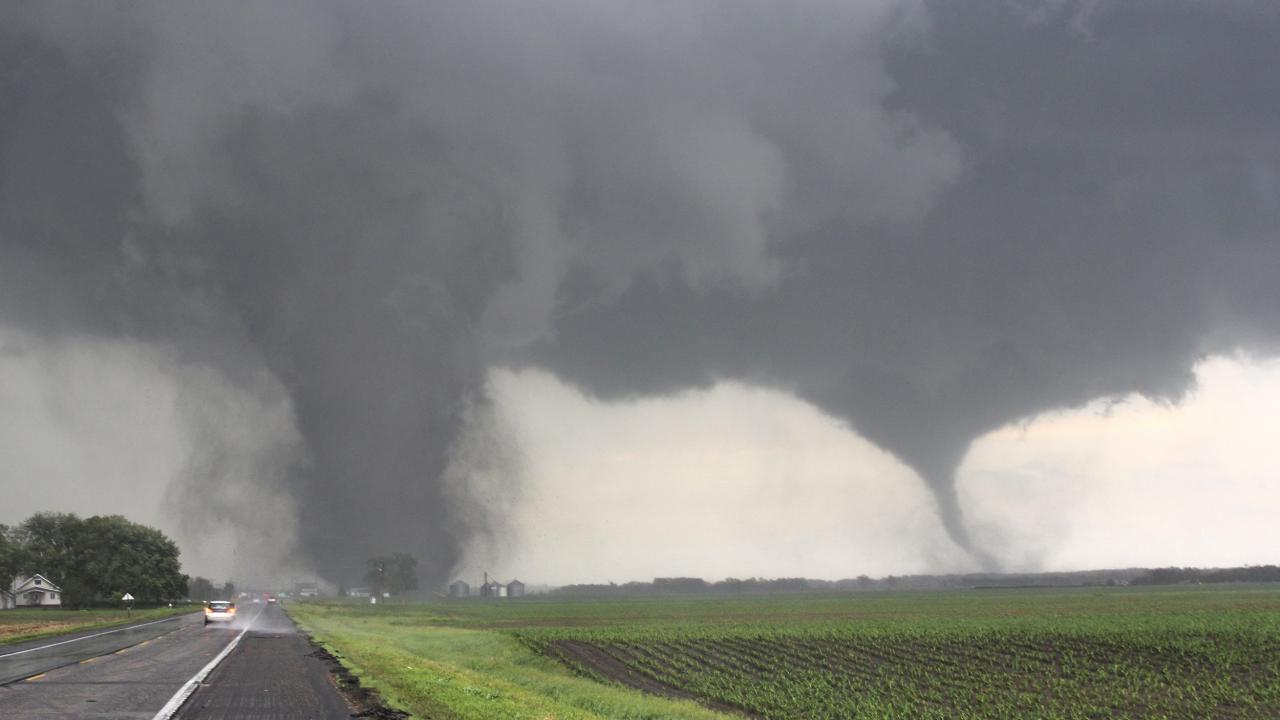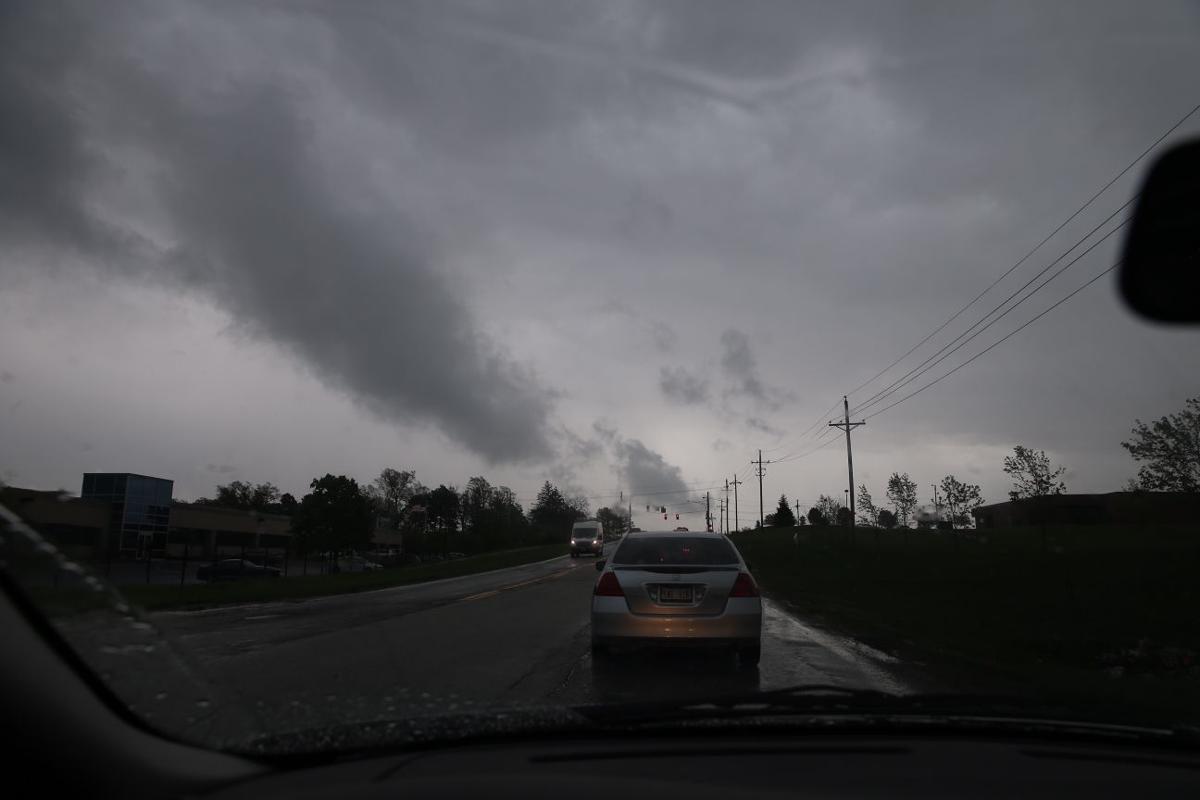
Tornado omaha nebraska today – As the threat of tornadoes looms over Omaha, Nebraska, it is crucial to understand the nature of these powerful storms and the measures we can take to stay safe. This article delves into the formation, types, and historical context of tornadoes in Omaha, providing up-to-date information on the current situation, safety precautions, and potential impacts.
With real-time updates from local news sources and weather services, we will keep you informed about the latest developments and provide guidance on how to prepare for and respond to a tornado warning.
Tornado Basics
Tornadoes are violent rotating columns of air that extend from the base of a thunderstorm cloud to the ground. They are characterized by high wind speeds, low pressure at the center, and a funnel-shaped cloud.
Tornadoes are classified into different types based on their intensity and characteristics. The Enhanced Fujita Scale (EF Scale) is used to rate tornadoes on a scale of 0 to 5, with EF5 being the most intense. The majority of tornadoes are EF0 or EF1, with wind speeds up to 110 mph.
However, EF4 and EF5 tornadoes can have wind speeds exceeding 200 mph and cause catastrophic damage.
Omaha, Nebraska, has a history of tornadoes. The city has been hit by several significant tornadoes, including the Omaha Tornado of 1913, which killed over 100 people and destroyed much of the downtown area.
Current Situation

A tornado watch has been issued for Omaha, Nebraska, and surrounding areas. The National Weather Service is urging residents to be prepared and take shelter if a tornado warning is issued.
The affected areas include:
- Douglas County
- Sarpy County
- Cass County
There have been reports of damage in the area, including downed trees and power lines. There are no reports of injuries or fatalities at this time.
Safety and Preparedness
If a tornado warning is issued, it is important to take shelter immediately. The safest place to be is in a basement or interior room on the lowest floor of your home. If you do not have a basement, go to the center of the room and cover yourself with a mattress or blanket.
It is also important to have an emergency plan and evacuation routes in place. Make sure you know where to go and how to get there in case of a tornado.
Local shelters and evacuation centers are available in the following locations:
- Douglas County Community Center
- Sarpy County Emergency Management Center
- Cass County Fairgrounds
Impact and Aftermath
Tornadoes can have a significant impact on infrastructure, property, and lives. They can cause widespread damage to homes, businesses, and other structures. They can also uproot trees, down power lines, and block roads.
In the aftermath of a tornado, it is important to stay informed and follow the instructions of local officials. Emergency responders will be working to clear debris, restore power, and provide assistance to those who have been affected.
Relief operations are underway to support affected communities. Local organizations and volunteers are providing food, water, and shelter to those in need.
Climate and Environmental Factors

Climate change is believed to be influencing the frequency and intensity of tornadoes. As the Earth’s atmosphere warms, it can hold more moisture, which can lead to more severe thunderstorms and tornadoes.
Environmental factors, such as wind patterns and terrain, can also play a role in tornado formation. Omaha, Nebraska, is located in an area that is prone to tornadoes due to its flat terrain and prevailing wind patterns.
Long-term trends and projections indicate that tornado activity in Omaha, Nebraska, is likely to increase in the future due to climate change.
Media Coverage and Public Perception: Tornado Omaha Nebraska Today

The media plays a vital role in reporting on tornadoes and providing information to the public. Social media has also become an important source of information and updates during tornado events.
The public’s perception of tornadoes can influence their preparedness levels. It is important for the media to provide accurate and timely information to help people understand the risks and take appropriate precautions.
Closure
Tornadoes can be devastating, but by staying informed and taking appropriate precautions, we can minimize their impact on our lives and communities. Remember, safety should always be our top priority, and by working together, we can weather any storm.
Commonly Asked Questions
What should I do if a tornado warning is issued?
Seek shelter immediately in a sturdy building, basement, or underground structure. Stay away from windows and exterior walls.
Where can I find local shelters or evacuation centers?
Contact your local emergency management office or visit the city’s website for a list of designated shelters.
How can I prepare for a tornado?
Have an emergency plan in place, including evacuation routes and a meeting place for family members. Keep a supply of food, water, and first aid kits on hand.





